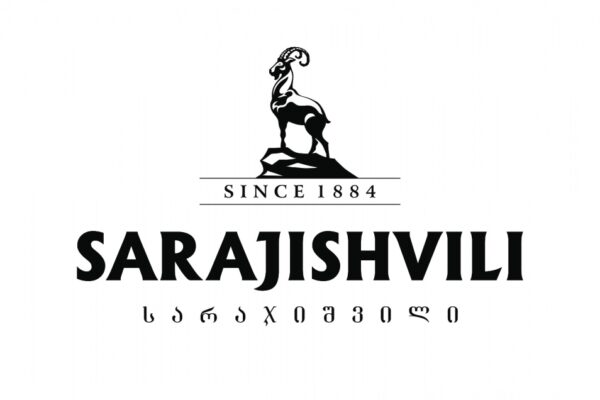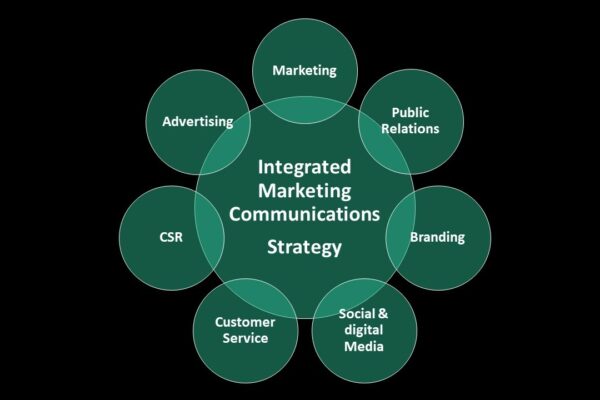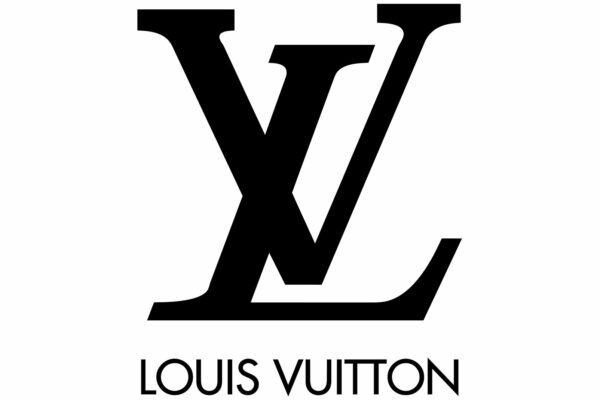
Designing Marketing Programs to Build Brand Equity
Puma, one of the leading global sportswear brands, employs a variety of innovative strategies across marketing, product development, pricing, and distribution to maintain its position in the competitive sports fashion industry.
Experimental Marketing
Puma uses experimental marketing to engage consumers in memorable and immersive brand experiences that go beyond traditional advertising. This involves creating experiences that appeal to the senses, emotions, and behaviors of customers, thereby forging a deeper connection between the brand and its audience.
Puma frequently organizes pop-up stores, exclusive events, and product launches that allow consumers to engage with the brand in innovative ways. For instance, Puma’s pop-up stores often feature live music, interactive displays, and exclusive product drops that draw in crowds and create buzz around new collections.
Puma partners with high-profile athletes and celebrities (such as Rihanna, Jay-Z, and Usain Bolt) for limited edition product lines. These collaborations are a form of experiential marketing that creates a unique and highly desirable customer experience.
Relationship Marketing (Sensory, Effective, Behavioral, Intellectual)
Puma utilizes relationship marketing to build long-term relationships with customers by focusing on various types of consumer engagement:
- Sensory : Puma uses sensory marketing by focusing on product aesthetics, like the look, feel, and comfort of its footwear and apparel. The design, materials, and fit are tailored to enhance the sensory experience, appealing to customers’ desire for both style and comfort.
- Effective: Puma’s advertising and communication strategies evoke emotions that strengthen the brand’s connection with consumers. They often position their products as more than just functional—they represent an active lifestyle and personal expression.
- Behavioral: Puma collects data on customer purchasing behavior and uses this information to send personalized offers and product recommendations. For example, loyalty program members might receive exclusive offers based on their previous buying patterns.
- Intellectual: Puma fosters intellectual engagement by offering customers educational content related to sports, fitness, and wellness. This is visible in Puma’s online platforms and content marketing, where they encourage customers to engage with their products through the lens of performance improvement and active living.
Permission Marketing
Puma employs permission marketing to build an ongoing relationship with customers by gaining their consent to send them promotional materials, updates, and offers.
- Email Campaigns: Puma encourages customers to subscribe to its mailing list to receive exclusive offers, updates about new products, or invitations to events. This is an effective form of permission marketing that targets consumers who have expressed interest in the brand.
- Loyalty Programs: By offering rewards and personalized incentives, Puma builds a database of loyal customers who have willingly opted in for promotional content, creating a targeted and effective marketing channel.
Product Strategy
Puma’s product strategy focuses on building perceived quality, after-marketing, and customer loyalty.
- Perceived Quality: Puma positions itself as a premium yet accessible brand in the sportswear market. The company uses high-quality materials, innovative technologies (such as its FORMSTRIPE and Ignite foam cushioning), and stylish designs to ensure that its products are perceived as high-value.
- After Marketing: Puma offers excellent after-sales service, including warranties, easy returns, and customer support, which reinforces customer satisfaction and brand loyalty.
- Loyalty Programs: Puma’s “Puma +” loyalty program offers exclusive benefits such as early access to new collections, special discounts, and personalized experiences, which encourages repeat business and enhances customer retention.
Pricing Strategy
Puma sets prices that help build brand equity by maintaining a balance between premium pricing for high-end products and more accessible pricing for mass-market items.
- Brand Equity: Puma uses a value-based pricing strategy, offering products at various price points to cater to different consumer segments while reinforcing the perception of quality and innovation. Collaborations with celebrities and high-profile athletes allow Puma to position itself as a premium brand while expanding its appeal through accessible pricing in certain product lines.
- Psychological Pricing: Puma may use psychological pricing strategies (e.g., pricing products just below a round number like $99.99) to make products seem more affordable while maintaining their premium image.
Product Design and Delivery
Puma focuses on designing products that blend fashion with function. Their design teams continually innovate, offering stylish, high-performance products for athletes and lifestyle consumers alike.
Puma places a strong emphasis on design, creating sneakers and apparel that are both fashion-forward and performance-driven. For example, the “Puma Future Rider” combines retro design with modern comfort and technology.
Puma offers efficient delivery through multiple channels, including online stores, third-party retailers, and physical retail locations. The company focuses on creating a seamless omnichannel experience where customers can purchase products online and pick them up in-store or have them delivered.
Pricing Segmentation
Puma segments its pricing strategy to cater to different customer groups based on demographics, purchasing behavior, and price sensitivity.
- Entry-Level Products: For price-sensitive customers, Puma offers lower-priced options in its footwear and apparel lines.
- Premium Products: For more affluent customers, Puma releases limited-edition sneakers, high-performance gear, and collaborations with celebrities, at a higher price point.
- Discount Channels: Puma also utilizes outlets and discount retailers to target budget-conscious shoppers without diluting its brand image at full-price stores.
Channel Design and Support
Puma employs both direct and indirect channels to reach its customers effectively.
- Indirect Channels: Puma distributes its products through retail partners, including large department stores (e.g., Macy’s, Foot Locker) and third-party e-commerce platforms (e.g., Amazon, Zalando). These indirect channels allow Puma to reach a broader audience.
- Direct Channels: Puma also operates its own branded retail stores and e-commerce platform, providing a more controlled customer experience. Its direct channels give Puma greater control over pricing, inventory, and customer interactions.
- Channel Support: Puma supports its retail partners with promotional materials, training, and marketing support to ensure product visibility and sales success.
Online Strategies
Puma has increasingly focused on enhancing its online presence and digital channels to meet the evolving needs of consumers.
- E-commerce – Puma’s online store is a major part of its strategy, offering a seamless shopping experience with user-friendly navigation, fast shipping, and easy returns.
- Social Media Marketing – Puma has a robust presence on social media platforms like Instagram, TikTok, and YouTube, using influencer partnerships, sponsored content, and user-generated content to engage with consumers.
- Digital Customization – Puma’s “Puma Lab” allows customers to design their own shoes and apparel, giving them a personalized product experience.
Future Development
Puma is focused on sustainable growth and innovation as it moves forward.
- Sustainability: Puma is making significant strides in sustainability, with commitments to using recycled materials, reducing waste, and improving energy efficiency. The brand’s “Forever Better” sustainability program aims to make Puma products more eco-friendly.
- Technological Innovation: Puma continues to invest in technology, particularly in performance footwear. It integrates advanced technologies like “IGNITE foam” for superior cushioning, “NITRO” for running shoes, and smart footwear products.
- Expansion into New Markets: Puma is expanding its footprint in emerging markets such as China, India, and Africa, where it is increasingly targeting young, active consumers.
In conclusion, Puma’s marketing, product development, pricing, and distribution strategies work together to create a strong, consistent brand that resonates with its target audience. By integrating experimental and relationship marketing, innovative product designs, effective pricing strategies, and robust distribution channels, Puma continues to position itself as a leading player in the global sportswear market.
Ketevan Botchoidze, Nino Tkebuchava, Kesaria Gurgenidze



